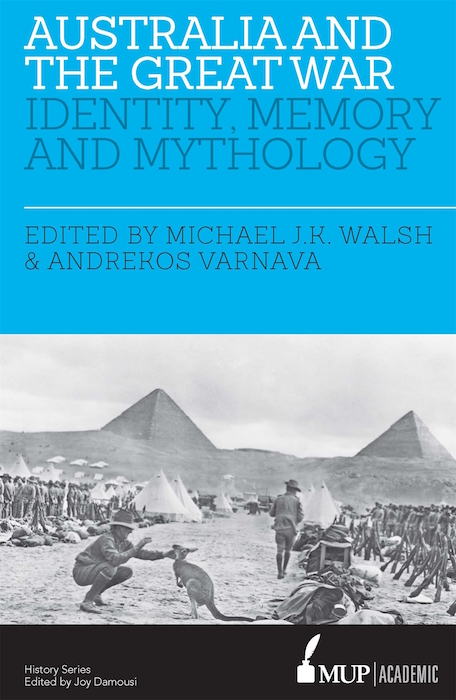On the utility of rumours in wartime
Rumours have a bad reputation, especially in wartime. They are at best unreliable, at worst flat-out lies. They are distractions from the war effort, if not actually undermining it. They can create unreasoning suspicion and fear or equally unjustified hope and optimism. In short, nothing good comes from them. Unless you’re a historian, of course. […]


